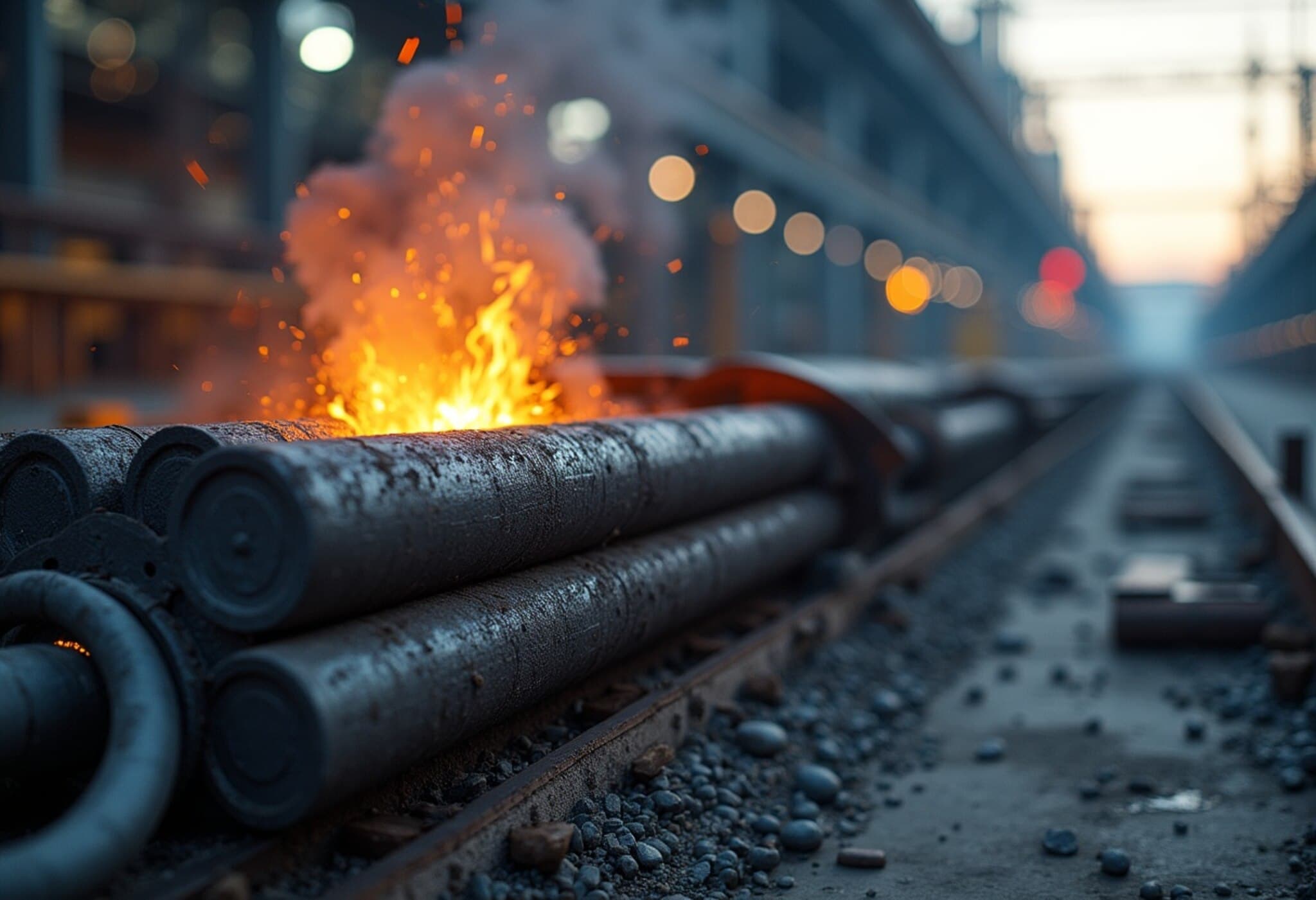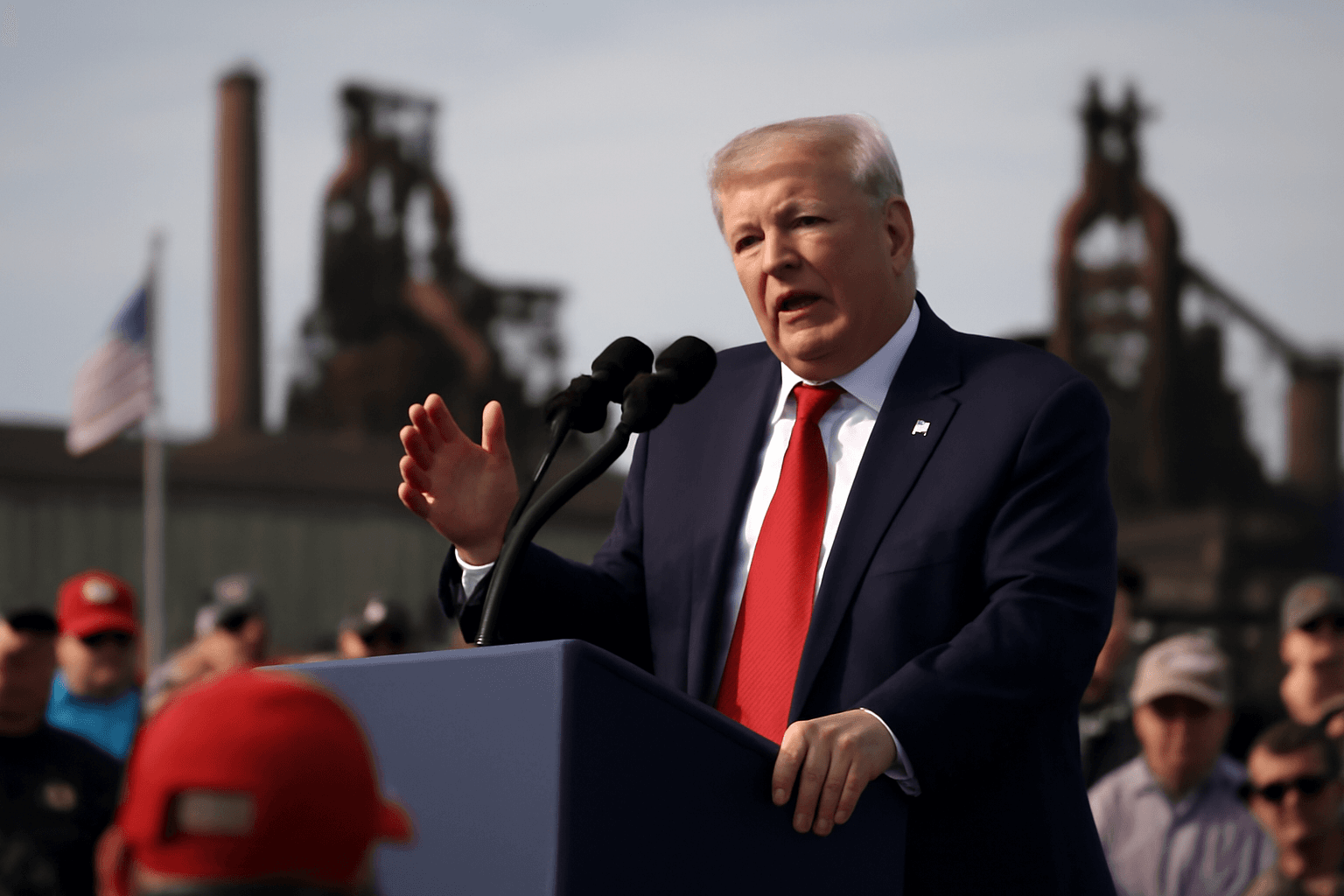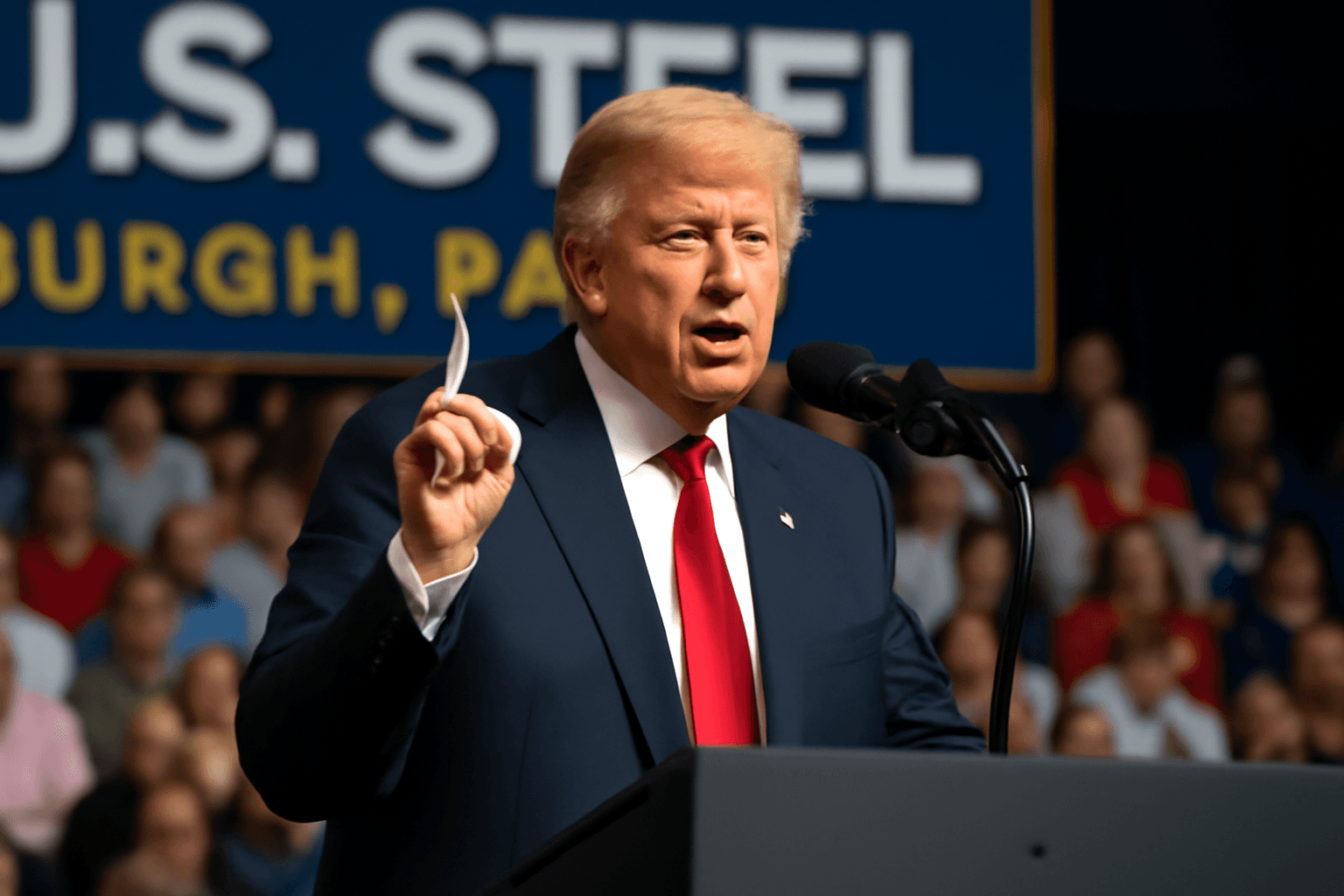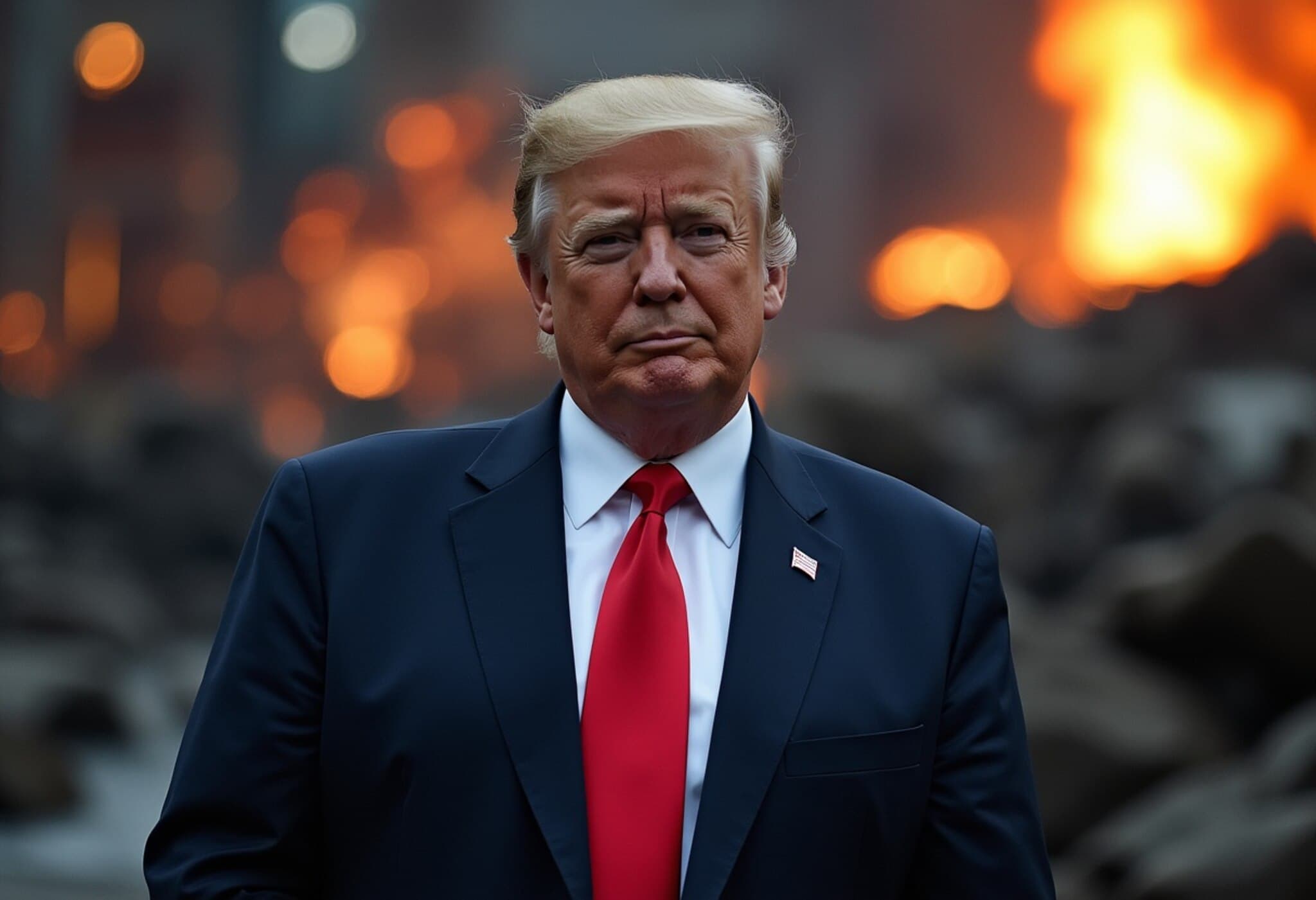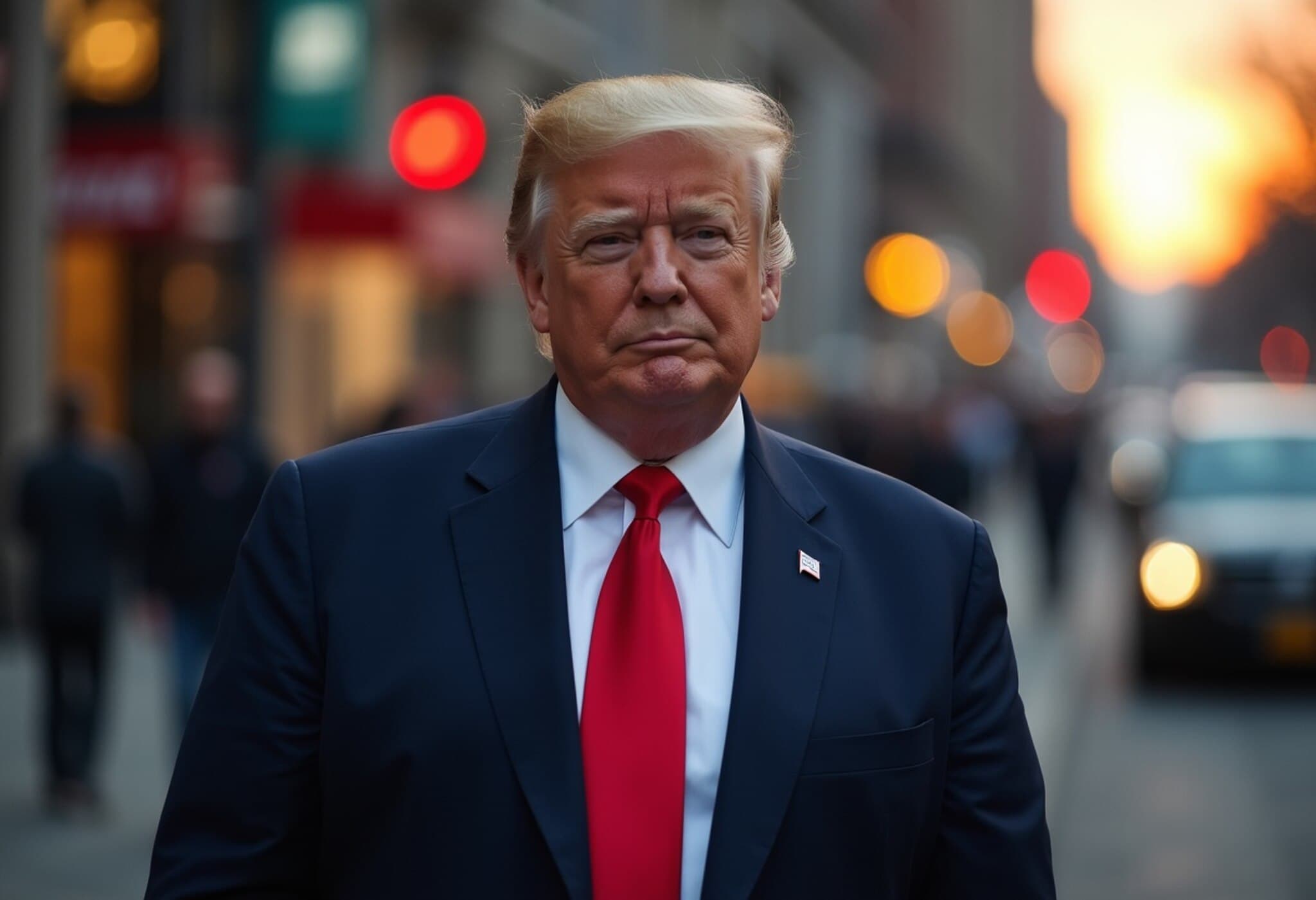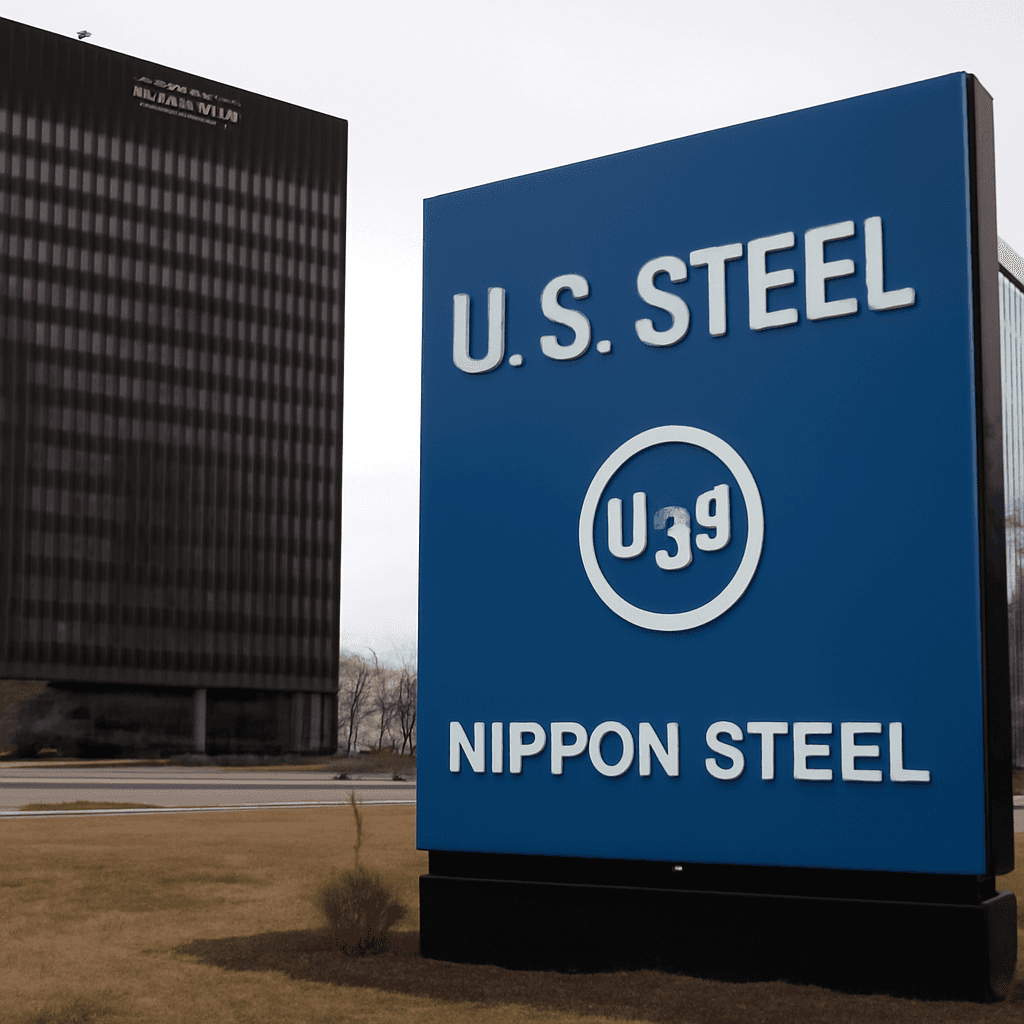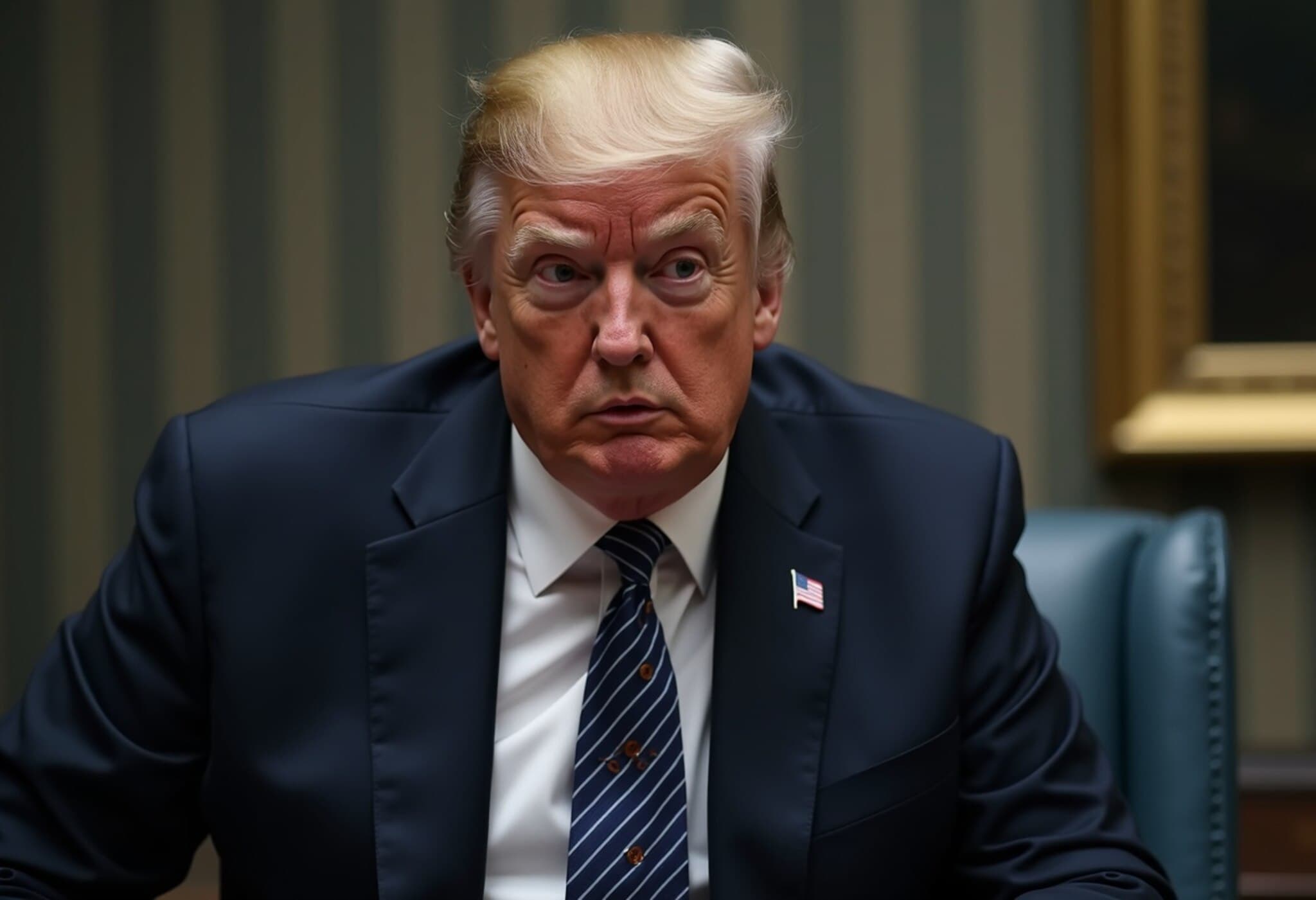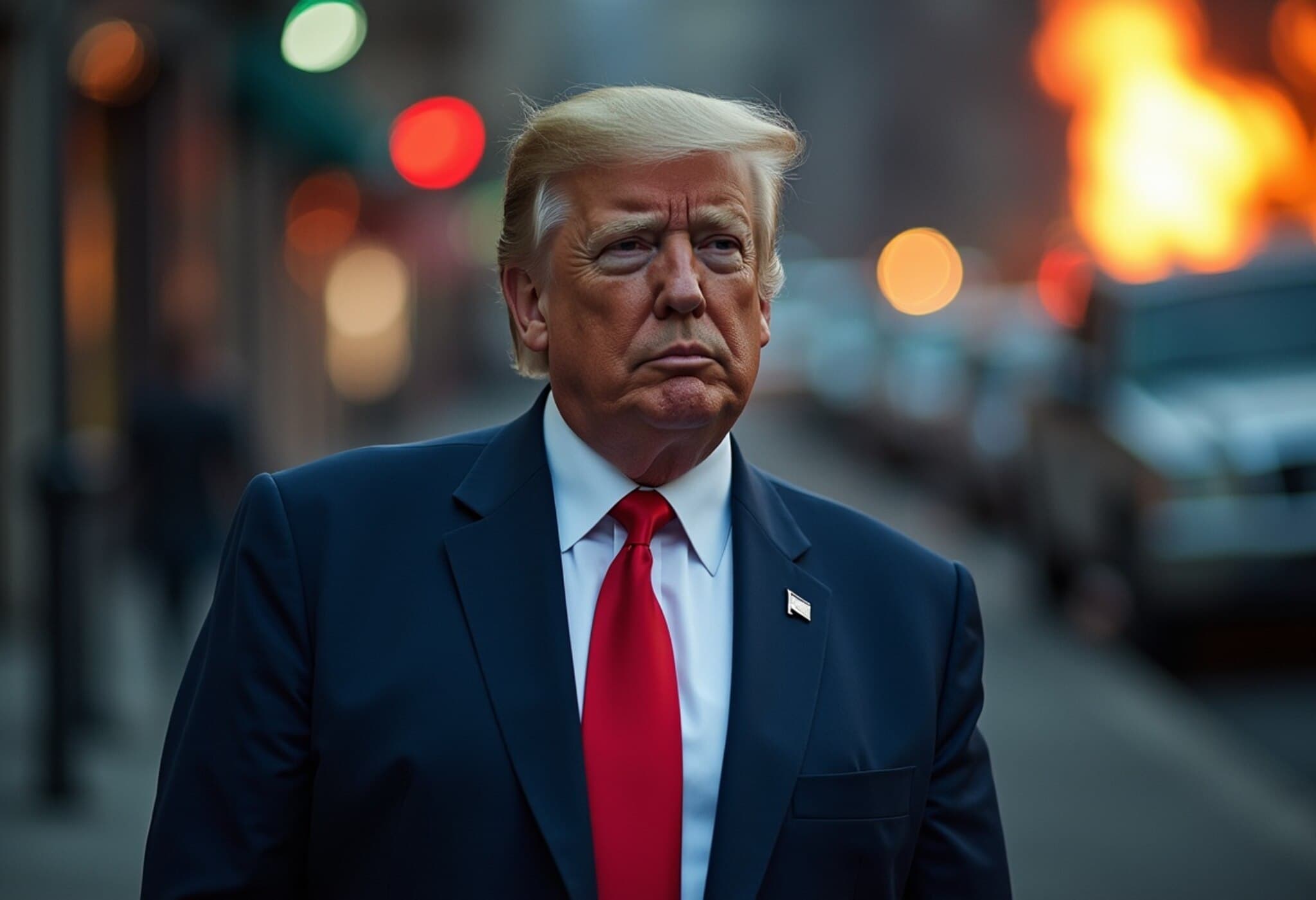Thyssenkrupp and IG Metall Reach Crucial Agreement Amid Restructuring
In a significant development for Germany’s steel industry, Thyssenkrupp AG and the powerful metalworkers’ union, IG Metall, have reached a landmark agreement to reduce working hours, cut bonuses, and close multiple sites as the company undertakes a sweeping corporate transformation. This accord signals a major turning point for Thyssenkrupp, aiming to secure the future of Germany’s largest steelmaker amidst intense economic pressures and global competition.
Restructuring Germany’s Industrial Giant
Once a symbol of German industrial prowess, Thyssenkrupp is navigating a challenging path as it transitions into a more streamlined holding company structure. The new collective bargaining agreement, effective until September 30, 2030, is designed to give the company the flexibility it needs to adapt to shifting market demands while safeguarding jobs where possible.
The agreement is not yet final. It awaits ratification by IG Metall members at Thyssenkrupp’s steel division, TKSE, and hinges on securing future financing arrangements for the unit. The labor concessions include reduced working hours and decreased bonus payouts—measures both sides have described as difficult but necessary.
Job Cuts and Production Capacity Reductions
Thyssenkrupp had earlier announced plans to eliminate or outsource up to 11,000 positions within TKSE, accompanied by a planned scale-back of annual steel production capacity from 11.5 million tons to 8.7-9.0 million tons. These cuts respond to global overcapacity, rising energy costs, and increasing competition from steelmakers outside Europe.
Tekin Nasikkol, head of Thyssenkrupp’s works council and supervisory board member, acknowledged the gravity of the situation: "We went to the pain threshold and only made concessions where it was really necessary in order to secure jobs and locations." His remarks stress that the agreement aims to give Thyssenkrupp the breathing room to stabilize operations and chart an independent future.
Strategic Importance for Future Ownership
The timely wage and restructuring deal is a critical prerequisite for Thyssenkrupp’s forthcoming financial moves. The company plans to sell an additional 30% stake in TKSE to Czech billionaire Daniel Kretinsky, who already holds 20%. The deal, viewed as pivotal for raising capital and fueling turnaround efforts, depends on labor stability and clarity on TKSE’s financing.
This strategic divestment reflects broader trends in the European steel sector, where legacy firms are forced to embrace partnerships with financially robust investors to remain competitive in an evolving global market.
Expert Insight: Navigating a Difficult Industrial Transition
Experts highlight that Thyssenkrupp’s situation is emblematic of the challenges facing heavy industry across Europe. Balancing environmental regulations, fluctuating demand, and geopolitical uncertainties is straining traditional steelmakers. The tough concessions by workers, while painful, may be essential for preventing more drastic declines or insolvency.
From a policy angle, these developments raise important questions about the role of government support, sustainable industry transitions, and worker protections amid global shifts. Thyssenkrupp’s restructuring could serve as a case study for managing industrial transformation while maintaining social dialogue.
What Lies Ahead?
- IG Metall members will vote on the new collective agreement, determining its adoption and implementation.
- Thyssenkrupp aims to finalize the agreement by September 2025, aligning with planned ownership changes.
- Monitoring how job cuts and site closures impact local communities and supply chains will be crucial.
- Investor Daniel Kretinsky’s increased stake offers fresh capital but also raises questions about future corporate governance.
As Thyssenkrupp embarks on this critical transformation, balancing economic viability with employee welfare remains the central challenge.
Editor’s Note
This agreement between Thyssenkrupp and IG Metall marks a defining moment not only for one of Europe’s largest steelmakers but also for German industrial labor relations as a whole. Beyond the immediate job cuts and reduced hours, it sparks broader reflections on how heritage industries can reinvent themselves in an era of sustainability, economic uncertainty, and shifting global power balances. How companies, workers, and policymakers navigate these complexities will shape the future of manufacturing and employment in Europe for decades to come.

